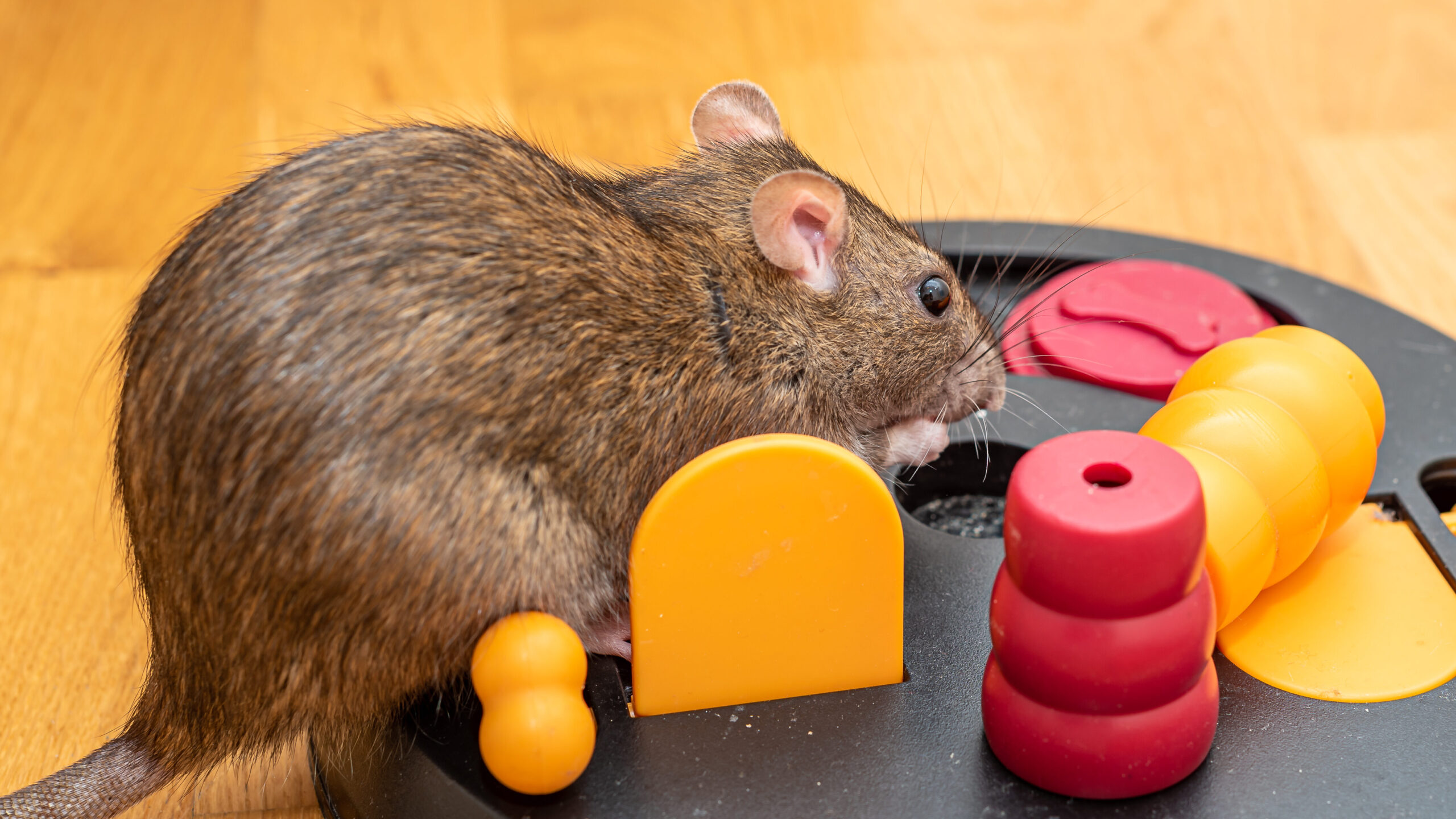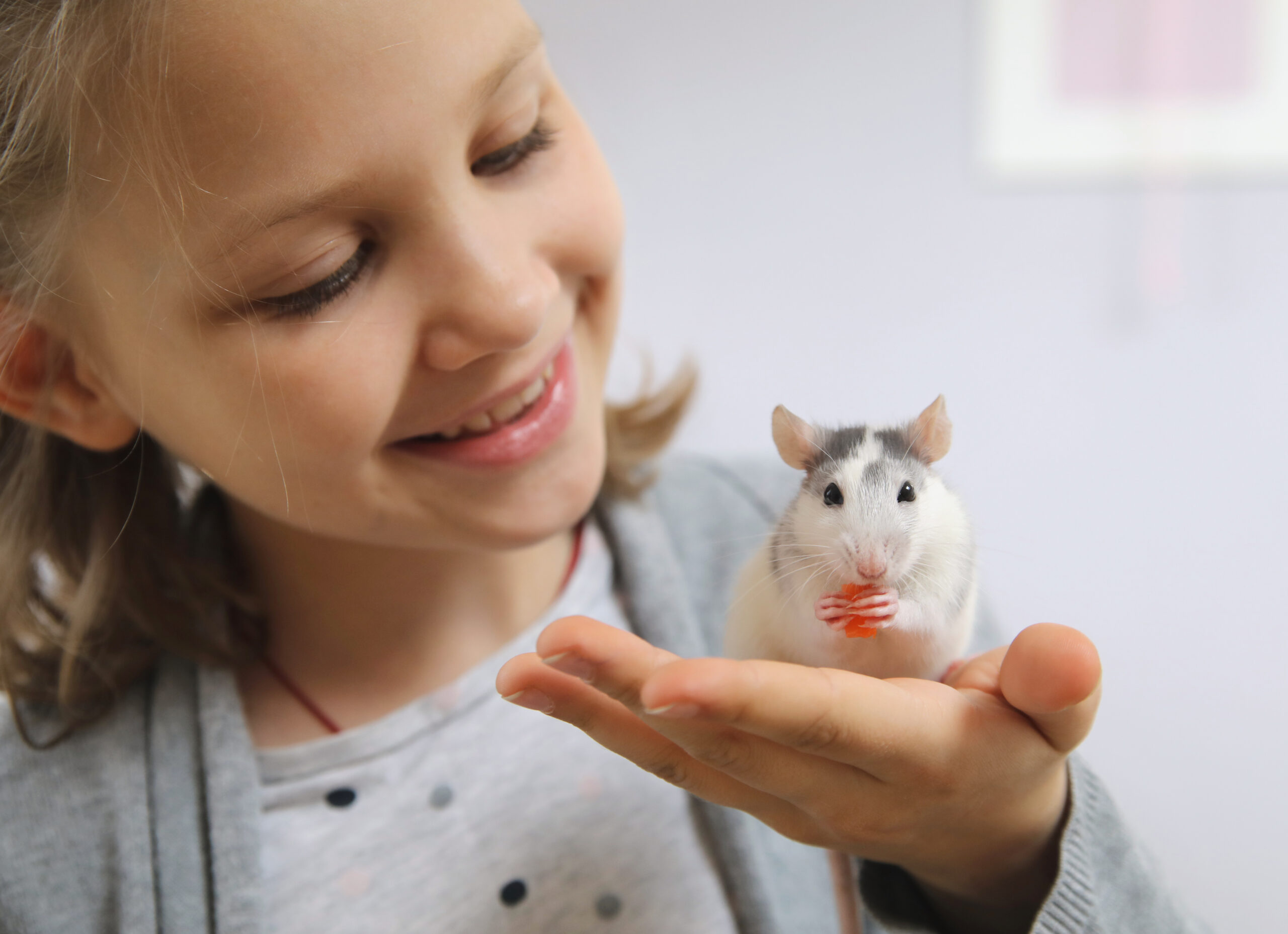Having a pet rodent can be a delightful experience filled with cute antics and endearing behaviors. But did you know that these small creatures are also capable of learning and responding to training? Whether you have a curious hamster, an energetic rat, or a sociable guinea pig, implementing the right training methods can enhance the bond between you and your furry friend. In this blog, we’ll explore effective training techniques that can turn your pet rodent into a well-behaved and engaging companion.
Understanding Your Rodent’s Nature
Before diving into training, it’s essential to grasp the natural behaviors and tendencies of your pet rodent. Different species have varying characteristics that will influence their responsiveness to training. Hamsters, for instance, are nocturnal and tend to be more solitary, while rats are highly social and intelligent. Guinea pigs thrive on social interactions and are generally more vocal.
Positive Reinforcement
Just like any other animal, rodents respond best to positive reinforcement. This involves rewarding your pet for displaying the desired behavior. Use small, healthy treats or a favorite snack as a reward. For example, if you’re trying to teach your hamster to climb onto your hand, offer a treat when they do so. Over time, they’ll associate the action with a positive outcome.

Clicker Training
Clicker training is a well-established method for training rodents. It involves using a clicker (a small device that emits a distinct sound) to mark the exact moment your pet performs the desired behavior. Follow the click with a treat to reinforce the behavior. With consistent practice, your rodent will associate the click with the treat and the desired action.
Target Training
Target training is a versatile technique that works well with rodents. It involves using a small stick or a colorful object as a target. Train your pet to touch the target with their nose or paw, and reward them when they do so. This can serve as a foundation for teaching more complex behaviors.
Shaping Behaviors
Shaping is a gradual training approach that involves rewarding successive approximations of the desired behavior. For instance, if you’re teaching your rat to jump through a hoop, you would reward them for getting closer to the hoop each time. This method encourages your pet to actively participate in the learning process.
Complete three or more surveys a day, earn as much as $100 monthly!
Short and Positive Sessions
Rodents have short attention spans, so keep training sessions brief yet engaging. Aim for 5-10 minute sessions a few times a day, rather than one long session. This prevents your pet from becoming bored or overwhelmed.
Consistency and Patience
Consistency is key when training any pet. Use the same commands and cues consistently, and ensure everyone in your household follows the same training routine. Additionally, be patient with your pet. Some rodents might pick up new behaviors quickly, while others might take more time.

Social Interaction and Playtime
Training sessions shouldn’t be the only form of interaction your rodent receives. Socializing and playtime are equally important. Allow your pet to explore and interact with you outside of their cage. This strengthens the bond between you and provides opportunities for them to exhibit natural behaviors.
Training your pet rodent can be a rewarding experience that enhances their quality of life and your relationship with them. By understanding their nature, using positive reinforcement, and employing effective methods, you can teach your furry friend a variety of behaviors that showcase their intelligence and adaptability. Remember, the journey is just as important as the destination, so enjoy the process of watching your pet rodent thrive and grow through training.
Read our blog about letting your pet rodent roam freely.






